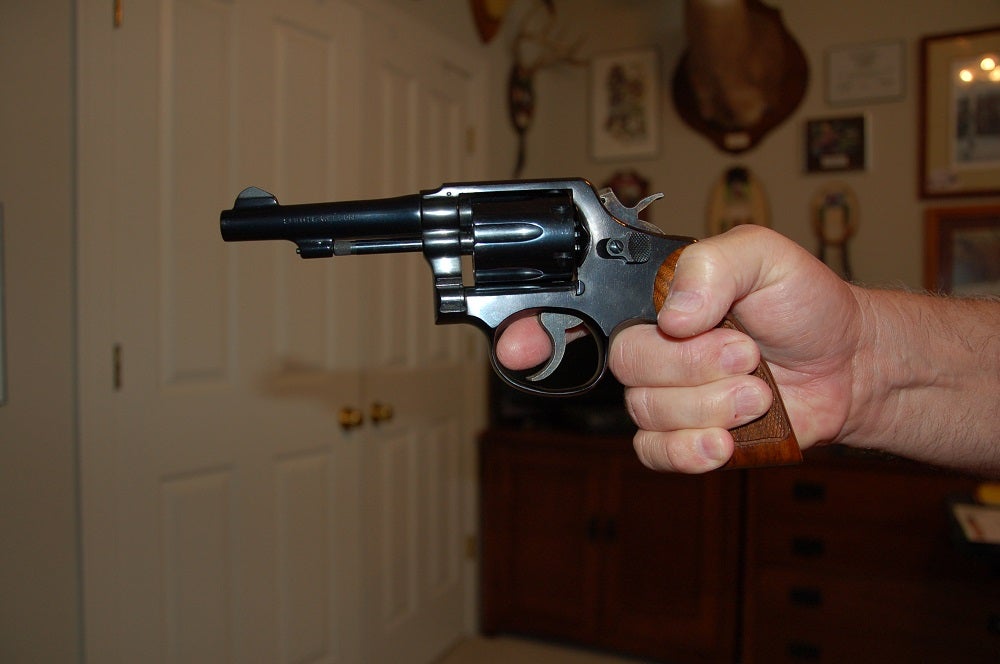The Merits of Dry Firing
Dr. John Woods 09.13.18

John J. Woods
Magnolia Outdoor Communications
THE MERITS OF DRY FIRING
Outside of the actual expenditure of precious prepper ammo stocks at a live firing range, there are few ways to practice trigger control with your weapons. That is except for dry firing. By “dry” naturally it is meant that no powder is burned and no bullets are sent flying down the barrel. So, what good is “firing” your guns without pulling the trigger on live ammo?
Likely anybody who owns and shoots guns and does any reading on the subject at all has run across the no-no’s of pulling a trigger on an empty chamber. Now, some firearms are OK with dry firing, so it is always best to consult the owner’s manual or operating procedures. If those documents do not say, then assume it is not OK.
Dry firing some firearms was really frowned upon for certain guns. I recall in particular it was advised never to dry fire a classic Smith and Wesson handgun with the hammer that had the pinned firing pin assembled in the hammer. The thinking was that doing so would eventually peen the firing pin out of shape rending it no longer reliably functional. I was also known to actually break off the end or tip of the firing pins in those guns.
Also most bolt action type hunting rifles were never supposed to be dry fired. To release the firing pin and spring inside the bolt assembly on an empty chamber often caused the firing pin to rebound slightly, which could over time weaken both the spring and the pin.
However, in order to be able to dry fire weapons safely, accessory makers devised the “snap cap”. This device is inserted into the chamber like a live cartridge, but instead the “primer” is a spring loaded cap that safely absorbs the shock and thrust of the gun’s firing pin upon the release of the trigger. This permits acceptable dry firing.
Dry firing in this safe manner not only protects the firearm, but allows for the necessary practice of trigger pull and trigger control with the firearm. Refined trigger control is essential to learning how to shoot accurately. And this can be done at any time without burning up ammunition.
Proper trigger manipulation and control is vital. One has to learn how to place the trigger finger pad on the trigger and to concentrate on the squeeze. In that way the shooter learns the trigger feel and release of that weapon. That in turns contributes greatly to accurate shooting.